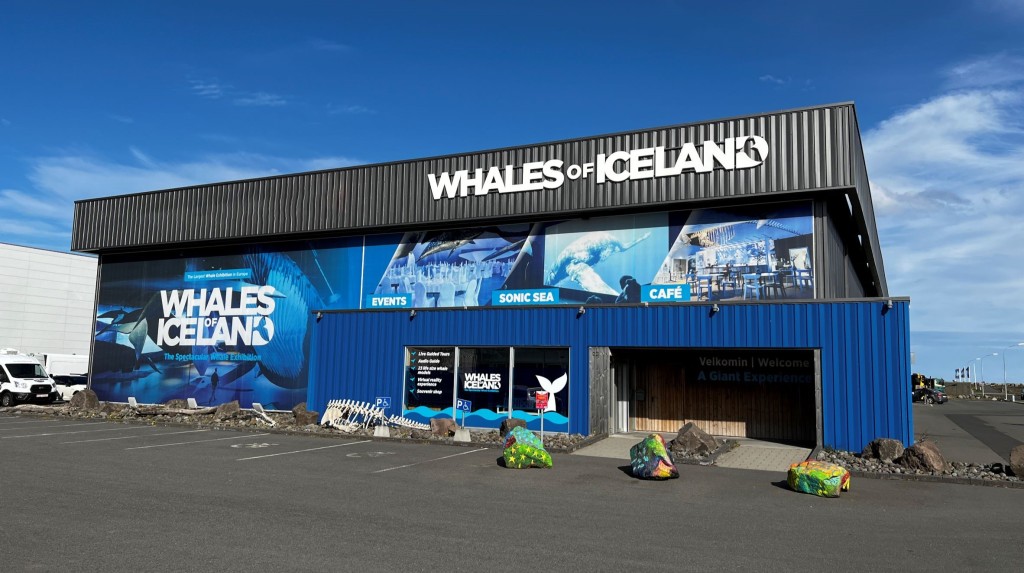Guest post from Eilidh O’Brien, Staff Scientist, Whales of Iceland Museum

Appropriately located in Reykjavík’s harbour district, Whales of Iceland is the largest museum dedicated to cetaceans in Europe. Much of the space inside is dedicated to life-sized models of the 23 species of whales, dolphins and porpoises that have been sighted in the waters around Iceland throughout history, some very common while others are very rare. When the museum was founded these models were the main focus of the exhibition: a chance for visitors to experience the true size of these gigantic marine animals, and to learn a little about each of the species on display. However, this focus is now evolving and Zooniverse is set to play an important part.
Iceland is a hotspot for cetaceans – and so, also for cetacean researchers! Some remarkable discoveries have been made here in the last decade, from the first recordings of humpback whales singing in their feeding grounds over winter, to the unusual antagonistic interactions between killer whales and long-finned pilot whales. We want to highlight this at Whales of Iceland so that our museum is not just a place to learn about cetaceans themselves, but also how scientists study these fascinating and complex animals, what this research has uncovered, and all the things that we still do not know!

In addition to learning about the research happening here in Iceland, we want to give visitors the opportunity to take part in some real scientific projects. So, thanks to Zooniverse, our newest exhibit will include a citizen science station where anyone can have a shot at being a scientist! We will feature a range of Zooniverse projects for visitors to choose from, giving them a variety of different marine mammal species and different aspects of wildlife ecology to learn about.
Our aim is to make Whales of Iceland a more interactive and thought-provoking experience. We hope that our museum will continue to offer visitors the chance to marvel at the size and beauty of these wonderful creatures, but also to engage with the natural world in ways they may not have before, and to feel that they have not just learned, but discovered.
This collaboration is still in its early stages. With the green light from Zooniverse Co-PI Dr. Laura Trouille, we have already launched a scaled-down version of what we hope the final exhibit will be, and it has been a really promising success! Museums provide a perfect platform for citizen science; we are a small museum relatively speaking, but our footfall in peak season can be more than 400 people in a day. That’s a lot of potential citizen scientists! In ecology, we would call this a mutualistic symbiosis – or, in other words, everyone wins! Our museum guests can provide valuable contributions to scientific projects all over the world, while at the same time gaining first-hand insight into the life of a whale researcher.
We are so excited to develop and expand our collaboration with Zooniverse, as well as other citizen science initiatives. Our finished research exhibit will be unveiled very soon – watch this space!

It’s fantastic to hear about the collaboration